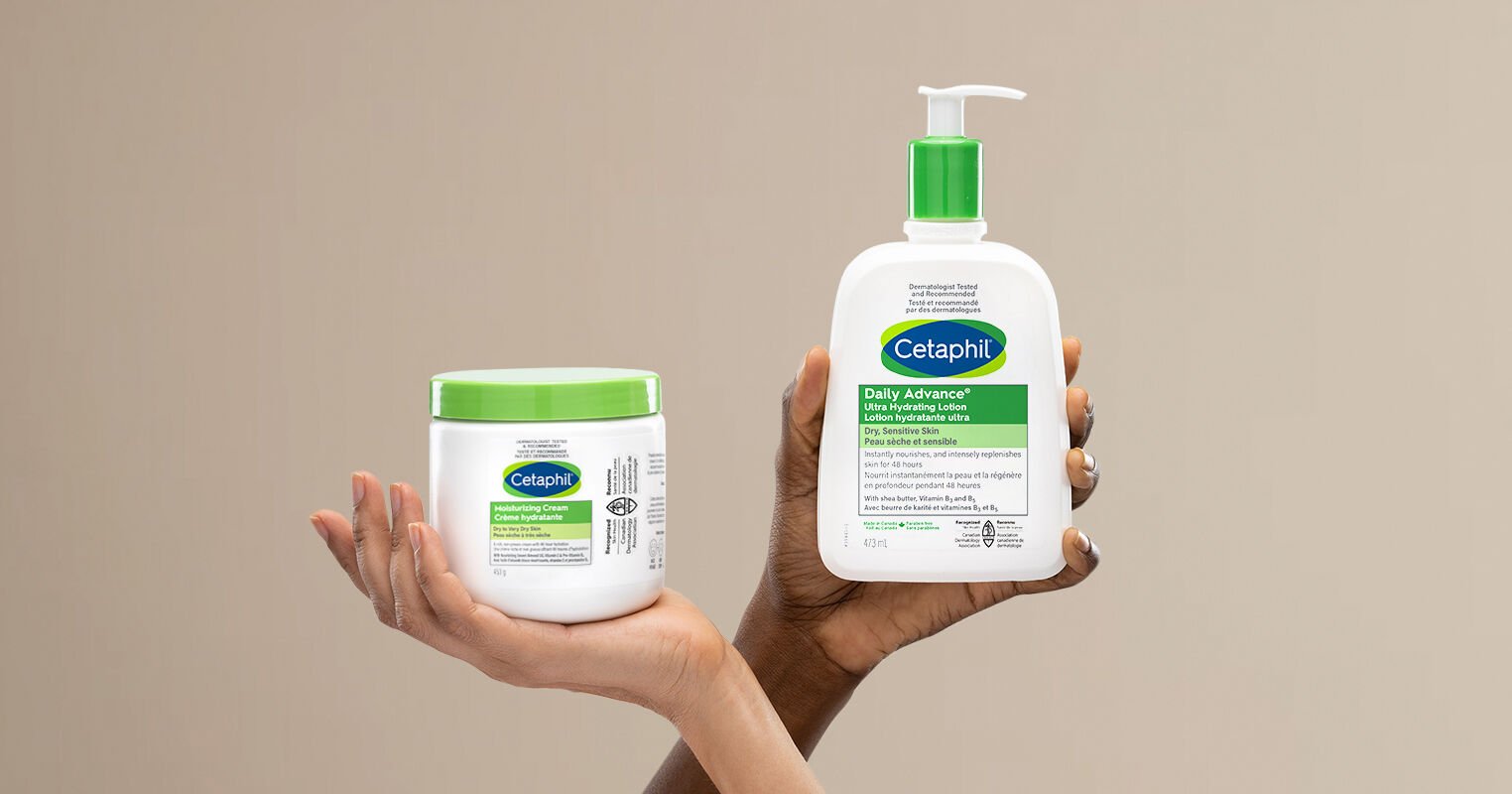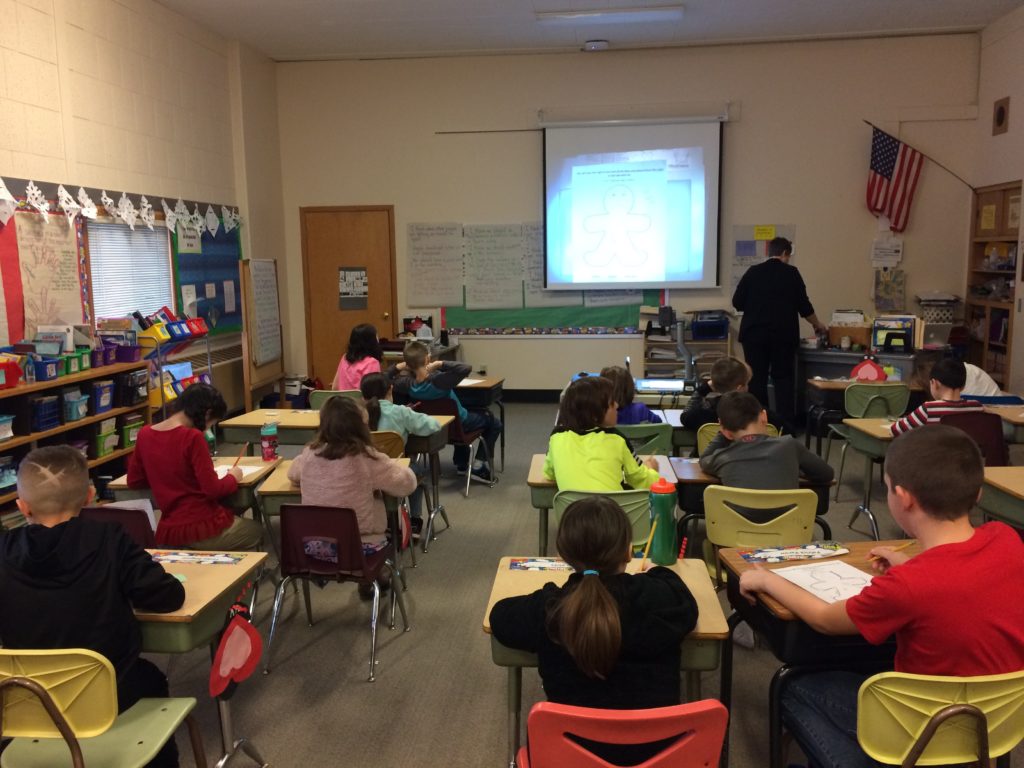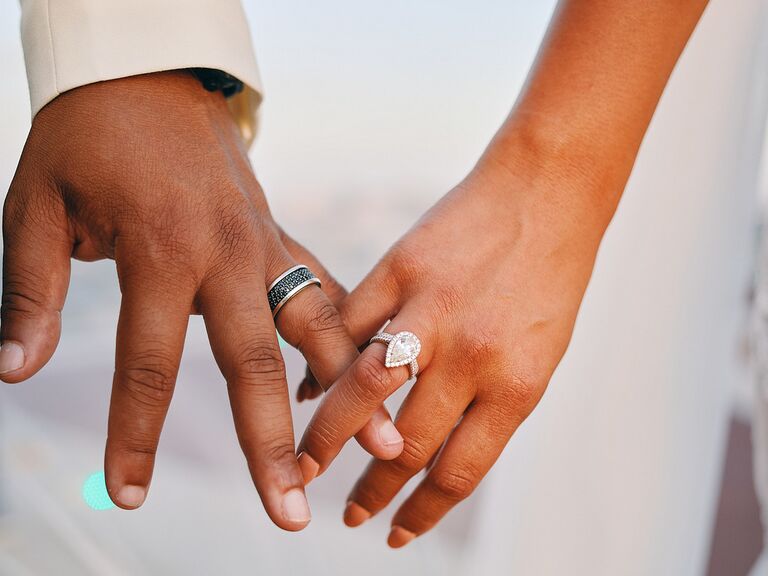As the American fashion industry slowly recovers, there’s an opportunity to build better systems that allow everyone, not just a few, to participate in the industry.
That’s one of the main findings from a study conducted by the Council of Fashion Designers of America and PVH Corp., which are advocating for measurable change in the American fashion industry. The two groups began research in 2019 to gain a better understanding of how the industry can become more diverse, equitable and inclusive, especially through the lens of racial equity as it relates to talent acquisition and retention.
“We all recognize that there is so much opportunity and work to be done to really drive greater inclusion in the fashion industry,” Lance LaVergne, chief diversity officer and senior vice president, global talent acquisition and associate experience at PVH, told WWD. “From a PVH perspective, having the opportunity to be a part of that work, if not even a leading voice in that work, is really important to us.”
The new study, “State of Diversity, Equity & Inclusion in Fashion,” builds upon the CFDA and PVH co-authored 2019 industry briefing “Insider/Outsider: Inclusion & Diversity in the American Fashion Industry.”
Findings from the research show there are meaningful signs of advancement. When asked to describe the state of DE&I in fashion today, survey respondents most often used the words “evolving” and “improving,” although few believe these actions will result in lasting change.
“What the data tells us is there’s a problem, and it really propels the work we’re doing around engaging companies in a direct way to be proactive in interviewing and hiring,” Steven Kolb, chief executive officer of the CFDA, said. “What this report does is really position the work that needs to be done and the work that we’re doing and puts action into play. It opens the pipelines so the opportunity is greater and more equitable. I think companies will see there are areas they’re not doing well in, and areas where they are doing well. The intention is to motivate change in the industry. I think there’s a lot of work to be done.”
Where fashion stands
Asked about the study’s findings, LaVergne said he wasn’t surprised to know people—particularly Black and Latine employees—are very much still facing issues around microaggressions and the impact of networking and access, which happens not only in the fashion industry, but in financial services, consulting and manufacturing.
“What was illuminating were some of the things that might be more specific to fashion, beauty and apparel, the issues around aesthetics and the perception or correlation that people will make of who fits and who doesn’t, who understands concepts of luxury and beauty, etc., based on socioeconomic status,” he said.
As far as how the industry stacks up in promoting, supporting and hiring Black designers and underrepresented groups compared to other sectors like banking, consumer packaged goods and financial services, LaVergne said fashion is in the middle of the pack.
“There are industries that are ahead of the curve, we saw a lot of activity spring up in consumer packaged goods mainly because of their recognition of their consumer population; I think technology and manufacturing still have a long way to go in some of this work. I think we’re probably somewhat in the middle.” Part of it, he said, is the fashion industry, like consumer packaged goods, is consumer-facing, but there are structural things about how fashion has operated that are lagging.
While the industry’s progress on diversity won’t happen in a fixed timeframe, LaVergne stressed the importance of putting targets and thresholds in place.
“If you don’t, you can make middling and incremental progress, but that’s all it will ever be. But if you say by this date we want to have accomplished this thing, the likelihood of success increases exponentially,” he said.
And the work needs to happen at all levels.
“We have to be really intentional about cultivating our own internal talent and creating greater access for that talent to move up in our organization,” LaVergne said. “Also, in identifying people from other industries who have relevant and transferable skills. There may not be as great an opportunity on the design front or some specific fashion role, but there are other roles where you can pull talent from other industries, and with the right support and onboarding help, those people can be incredibly successful in your organization and can be a magnet for other talent.”
The findings
The CFDA and PVH began the study to better understand the experience of Black fashion professionals and other underrepresented communities. The economic impact of COVID-19 and the tragic acts of racial injustice that occurred last year turned the work into an even more critical endeavor.
About 60 percent of respondents said their companies had undertaken internal or external DE&I actions, with 80 percent believe the response is authentic. Some 78 percent feel their companies valued the differences people bring to the workplace.
Interestingly, 66 percent believe their company are doing what it takes to improve gender DE&I, while 57 percent feel the best opportunities go to the most deserving employees. Seventy-three percent believe their company is doing what it takes to improve racial and ethnic diversity, equity and inclusion.
Black employees in particular question meritocracy of opportunities and whether their companies are doing what it takes to improve inclusion. In fact, 26 percent of Black employees don’t believe the best opportunities go to the most deserving employees, versus 16 percent of white employees who said the same. Fifteen percent of Black respondents didn’t think their companies are doing enough to improve diversity, versus 8 percent of white employees.
According to general knowledge and backed by the study’s findings, representation in executive and leadership roles is lacking.
In an analysis of 2019 data for the apparel and beauty industry collected by McKinsey’s Women in the Workplace research, employees of color comprise just 16 percent of C-suite positions and 15 percent of board seats, despite comprising 32 percent of entry-level positions.
In contrast, white men comprise some 54 percent of C-suite roles and 72 percent of board seats, despite only comprising 26 percent of entry-level positions.
When looking at a sample of 10 leading fashion/apparel companies in the U.S., McKinsey found that the only three employees of color at the C-suite level were chief diversity officers, many of whom are in the human resources department in their organization.
A moment or a movement?
In the CFDA/PVH study’s assessment of whether actions being taken will have staying power, less than half (44 percent) believed these actions would result in permanent change. Black students who were interviewed spoke about their perceptions of Black culture being trendy right now, and said brands are trying to capitalize on these trends.
“Black is cool now, but what if in a few years racial equity is not at the top of [fashion companies’] concerns? Will they tell me that I can go now? I’m concerned about getting [into an entry-level fashion job], staying a few years, and then realizing that I’m very passionate about something I can’t do,” was one respondent’s comment.
Employees of color cited the biggest challenges they face as lack of sponsorship (28 percent) and being judged on different criteria (25 percent) from their nonethnically diverse counterparts.
Fifty percent of employees of color said a career in the fashion industry is not equally accessible to all qualified candidates, and almost one in four question the meritocracy of opportunities. Sixty-eight percent of Black employees report greater inaccessibility to the fashion industry, versus 37 percent of white employees. LGBTQ employees cite greater inaccessibility to the fashion industry (51 percent), versus heterosexual employees (41 percent).
When it comes to awareness and access, there is a significant lack of awareness of the breadth of opportunities within the fashion industry. This is particularly prevalent in low-income communities, communities of color and the pre-college pipeline. A Black student said, “It’s hard for people to reach for opportunities they don’t even know about.”
For those interested in pursuing a career as a fashion designer, fashion schools play a critical role as a key feeder into the pipeline. Of the 16 independent designers interviewed, 80 percent reported attending fashion school. However, an analysis of students at six of the top U.S. fashion schools pointed to missed opportunities in Black representation and financial barriers to attendance. Less than 10 percent of the 2020 undergraduate student body is Black, and students on financial aid (comprising 33 to 52 percent of the student body) have on average less than a quarter of their cost of attendance covered by a need-based scholarship or grant award.
The survey quoted one Black student who went to fashion school but accepted a full-time job in a different industry based on what he saw as a lack of future leadership opportunities. “I had to do the calculations in taking this job in fashion versus this other business job that put me on the path of leadership. I weighed the likelihood of getting promoted and had to believe the likelihood was low based on having less experience, opportunities and networking,” he said.
The survey found real concerns around whether promotions are fair. Black employees reported lowest agreement (50 percent) that promotions are based on fair and objective criteria. Asked the biggest reasons for lack of racial equity at the management level, 16 percent of respondents of color point to the lower likelihood of a person of color being promoted to first-level manager roles. Respondents of color said their race/ethnicity had a negative impact on receiving raises and promotions in the past (26 percent employees of color versus 1 percent white respondents), particularly Black (40 percent), and Asian (27 percent) respondents.
More employees of color report that personal characteristics have or will negatively impact receiving a promotion or raise. Some 26 percent of employees of color report race/ethnicity as having a negative impact on previous raises and promotions, particularly Black women (42 percent) and Asian women (27 percent).
Older respondents aged 56 to 74 report age having a negative impact (17 percent have experienced this, and 35 percent expect to). Women report anticipating that being a parent will impact future raises and promotions (14 percent), much more than it has in the past (6 percent).
The disconnect between the sales floor and the corporate ladder is seen as presenting a unique opportunity for large fashion brands to capitalize on their existing diverse talent when it comes to promotions. Sales floors are typically diverse. Some companies are already aware of this, and realize these employees know the product, the experience and the brand and are already working for the company, “yet there’s this glass ceiling where we don’t have that many people transitioning from stores to corporate,” said one human resources officer.
On the topic of compensation, insufficient compensation is a significant barrier to entering and thriving in the fashion industry.
Some 35 percent of entry-level employees report supplementing their income, while 14 percent of all entry-level employees say they supplement with funds from parents. Some 37 percent of Black employees report having to supplement their income versus 23 percent of white employees.
This is one reason, among many, that employees of color report the highest rates of wanting to leave the industry. Employees of color are more likely to seek out better advancement opportunities in other sectors (31 percent versus total), led by Latine employees (58 percent).
Addressing belonging
Beyond pay, some employees of color are leaving the industry because they still feel they don’t belong.
According to the research, Black employees, especially, point to an environment of noninclusive behavior. Some 23 percent of respondents observed biased behavior with some frequency, with race/ethnicity and physical appearance being the most common biases. With two in three Black employees citing that they are frequently the only person of their ethnicity in the room, the environment doesn’t necessarily lend itself to inclusion.
Two in three Black employees have also experienced microaggressions. One executive at a luxury firm said, “I’ve had a white peer say to me that I don’t have to worry about layoffs because [the company] can’t let go of the Black person, or they verbalize that they think I got a promotion because I am Black.”
Some 67 percent of Black and 65 percent of LGBTQ employees report the highest rates of experiencing microaggressions, ranging from being interrupted or spoken over, to having their judgment questioned in their area of experience or having others take credit for their ideas. Latine and Asian employees report lower rates of microaggressions compared to white employees (57 percent white, 52 percent Latine and 44 percent of Asian employees report experiencing microaggressions).
Despite the stereotypes of the industry being inclusive for LGBTQ identifying employees, 18 percent of LGBTQ employees said they would not recommend others in their group apply for a job in fashion. Some 16 percent of Black employees (versus 9 percent of white employees) said they wouldn’t recommend others of their ethnicity apply for a job in the industry.
The way forward
During the fall of 2020, the CFDA and PVH enlisted McKinsey & Co. to survey more than 1,000 working industry professionals across 41 companies, conducting 20 stakeholder interviews and three focus groups with students and emerging designers. The data shows the experiences and structural challenges of inequity and outlines actions the industry can take in six key areas of opportunity: awareness, access, promotion, advocacy, compensation and belonging.
What may perhaps be among the most important messages stressed in the survey was that the tone from the top is critical. Senior leaders should lead by example and embed DE&I as part of their teams’ DNA.
Among the suggestions for making progress on inclusion, the report recommends tracking and understanding representation baselines at all levels, standardizing and transparently communicating hiring processes, requiring diverse interview slates for all open positions, providing clear and transparent promotion criteria and mandating regular DE&I and unconscious bias training for all employees.
When it comes to actions companies can take externally to contribute to a more equitable ecosystem, ideas included expanding product ranges to include more sizes, hiring diverse vendors and freelancers, and ensuring marketing materials contain inclusive language and feature diverse range of models.
Other suggestions include recruiting from nontraditional sources, balancing referrals with other talent sources, ensuring internships have fair compensation, implementing a feedback structure, formalizing mentorship programs across the organization, and partnering with existing organizations to engage with overlooked communities, and measure, track and communicate key inclusion indicators.
FOR MORE STORIES:
Black and in Fashion, Representation in the Workforce
Old School vs. New School: How Much Has Changed for Latinx Designers?





More Stories
What Is the Difference Between Body Lotion & Body Cream?
How to Spot the Warning Signs of Teacher Sexual Misconduct
The Most Popular Engagement Ring Styles for Beach Lovers